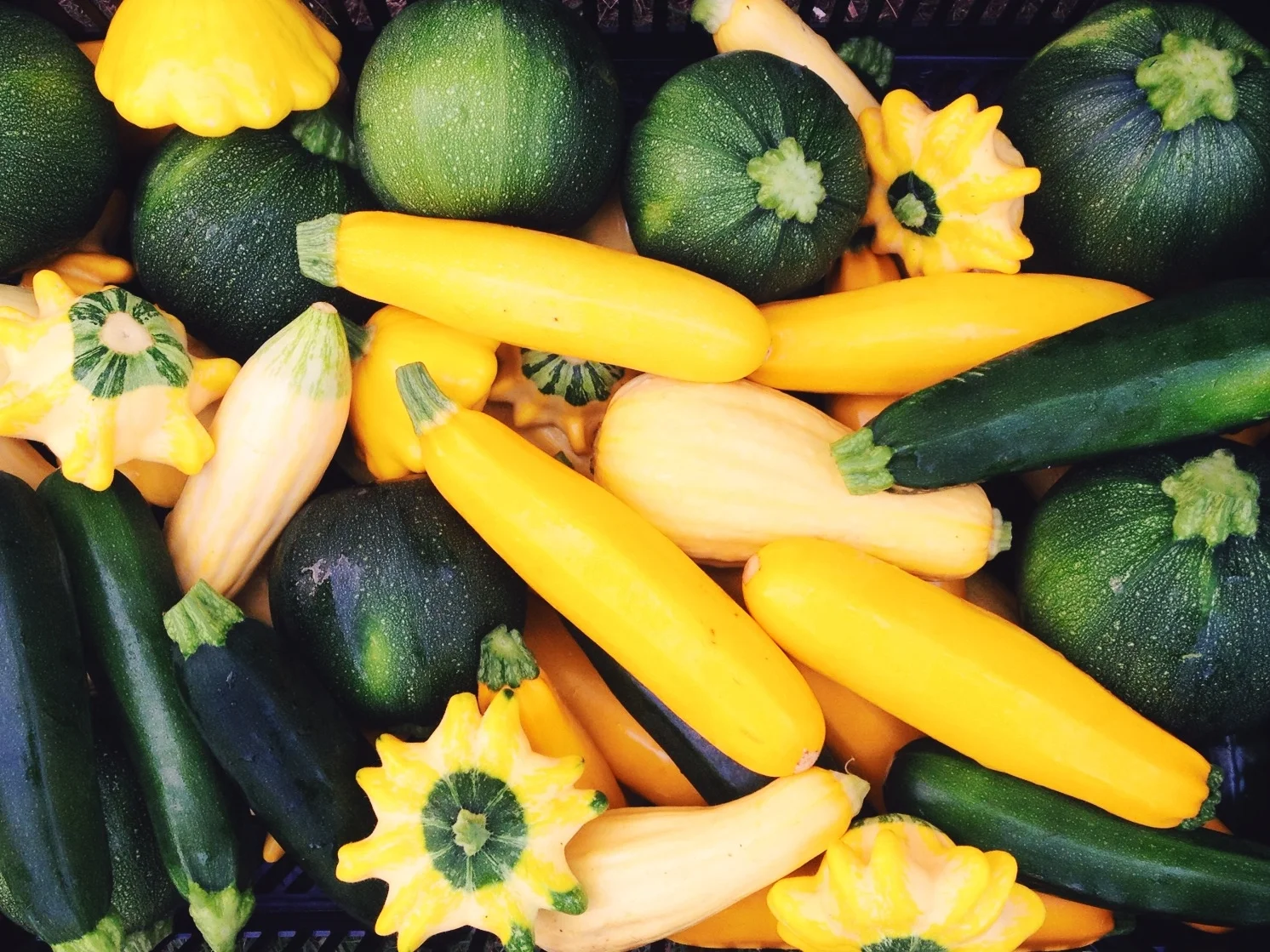Here at Four Root Farm we take dinner very seriously. Even if it means eating at 9:00 pm (or 9:30... or 9:45...) we all sit down together to eat a hearty meal almost every night, and those meals are almost always almost entirely veggies just pulled from the field. And we don't take any day more seriously than Tuesdays - affectionately known as Tempura Tuesdays!!
This time of year our weekly tempura adventures get more and more exciting as we have more crops to add to the pile, but really we will tempura almost anything that can be sliced and won't disintegrate in steaming hot oil. We recommend you take the same approach - the more creative the better, you won't be sorry. We harvested our very first summer squash on Tuesday specifically for tempura, and also included bok choi, hakurei turnips, carrots, broccoli raab florets, and squash blossoms.
Here's what you do to make the tempura batter - the rest is up to you.
- Slice whatever veggies you're experimenting with into manageable bite-size pieces. If they're too small they'll fall apart and if they're too big they'll be hard to bite.
- Mix together:
1 egg
250 ml cold beer (PBR is our prefered lager)
salt and pepper
100 g flour - Meanwhile, heat vegetable oil in a heavy saucepan that's deep enough to submerge the veggies you've prepared. You can test the temperature of the oil by dropping in a drip of batter - if it sinks to the bottom and then rises up, the oil is hot enough.
- Once the oil is the right temperature, coat the veggies in the batter and deep fry them for 3 - 5 minutes, or until they're golden brown.
- Eat SOON! Tempura is best when it's just cool enough to eat.






